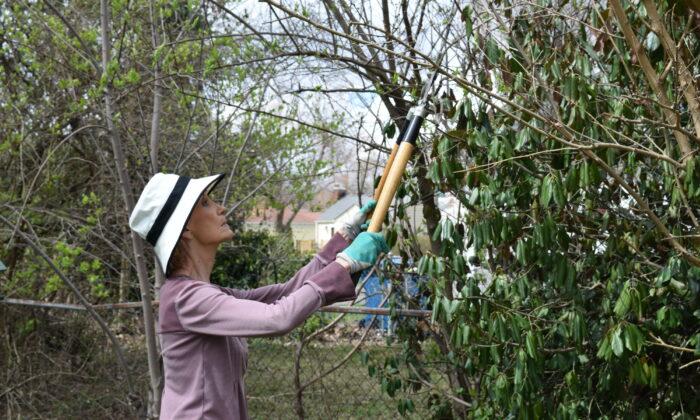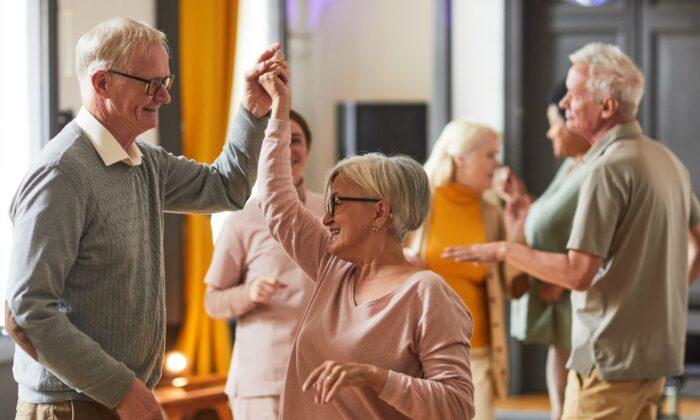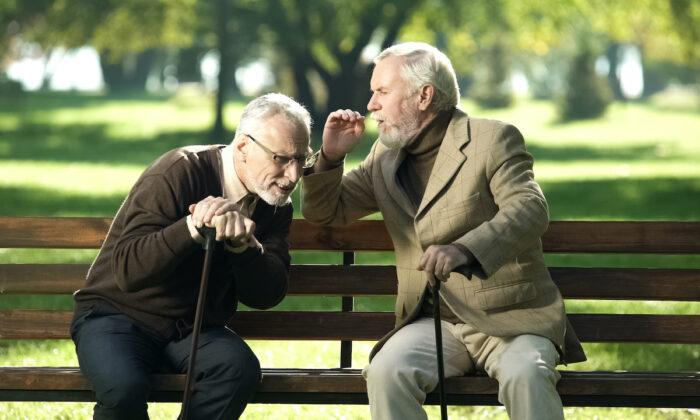They may look lifeless to us, but the brown grass and bare branches are readying themselves under the cover of ice, snow, and lifelessness. Winter conceals the wonder of what is not dead, but merely sleeping. In dormancy, innumerable plants are conserving themselves to burst forth in rapidly increasing bounty. Still, all must develop within their proper timing.
In Indiana, where I live, it is still cold in February. It’s a month when I want to stay inside, but I know it’s time to think about the days ahead. When the ice and snow melt into memory—where I would like them to stay for a while—I'll need to focus on growth. Like those plants, I have been sleepily growing while under the cover of winter cold: safe and warm, enclosed in my home.
I have been able to study and work on my home’s interior during past winters, but the warmth of my hot chocolate and the beckoning distraction of movies on TV have conspired to convince me to let a few things slip this year. Held under a cozy blanket, with my steaming mug guarding the exit, I struggle to escape. Getting to work on myself has seemed unpleasant, if not unnecessary.
Staying inside for the cold months has allowed some laziness to sneak into my body. Now I must work to correct its consequences. I mean, I can’t go outside in spring clothes looking the way I do. I remind myself that there’s a bit of holiday bulge left around my middle. I also tell myself that I still have some time to attack it—if I start right now. Yes, it’s time to make a plan. I like to create schedules, and doing so helps me stick to my overall improvement goals. So here is what I want to do from now on. I share it under the possibility that it may also be of some use to you. But—I admit—I write my routines on paper, not stone.
Get Going
I will set my alarm for 6:00 a.m., get up, have a cup of coffee, and think about my goals for that day. Some of you will want to jump out of bed and start running on your treadmill or doing jumping jacks, but I like this coffee time first. It lets me get clear on what matters before my head fills up with other things.Diet
I will (try hard to) avoid processed foods and eat more fruits, vegetables, whole grains, and proteins. I have researched many diet plans, and I have found this one fundamental fact to be true in all of them: It always comes down to eating more fruits and vegetables.I will take my daily vitamins and any supplements and medications my doctor has prescribed. This will likely differ for you, as well the foods that may not agree with you (or that you may not like). If you have health conditions or take medications, you may need to check in with your doctor before making drastic diet changes, and a certified nutritionist can be a great help in building your best plan.
Exercise
Exercise is a lifesaver. It creates a fantastic emotional boost and makes sure your body—which is made to move—is getting what it needs in order to do what it needs to do. To be complete, exercise should consist of five different components. How you accomplish this well-rounded fitness program will be unique to you, but it should include all of the following:You don’t have to do all of these every single day, but make sure you cover all of them in a week. Any exercise is better than none, so don’t forget to count those mundane chores that require physical effort. You can also mix it up with high-intensity activity for 30 seconds and a slower recovery time: around three to four minutes.
Remember, fitness is less about exercise and more about what you eat or don’t eat. I encourage you to use your creative energies to find a fitness plan that works for you. Your body is made from what you eat, and how you move it affects your biochemistry. All of these will affect your mood, energy levels, and ability to deal with life’s inevitable hardships. If you take care of your body—which includes your brain—you will feel it in the deepest part of you as you soar to new adventures.
This article was first published in Radiant Life Magazine.





